After healing Peter’s mother-in-law in Capernaum, news of Jesus’ power spread quickly throughout the town. By evening, the street was full of people who had come to seek His help. Mark describes it: “And when evening had come, after the sun had set, they began bringing to Him all who were ill and those who were demon-possessed. And the whole city had gathered at the door. And He healed many who were ill with various diseases and cast out many demons; and He was not permitting the demons to speak, because they knew who He was.” (Mk.1:32-35)
What a concise and startling account of Jesus’ effect on the people of that city. Mark was a dynamic writer on a mission to show his readers that Jesus was the Messiah. “They were all amazed and were glorifying God, saying ‘We have never seen anything like this.’”
Yet Mark had a difficult start to his work as an author and evangelist. His desertion of Paul and Barnabas in Acts 13:13 later caused a rift between the two in 15:36-41, although Barnabas, his cousin, took him on a mission trip to Cyprus. Later in the New Testament Paul’s relationship with Mark had vastly improved (2 Tim.4:11); the man had matured. Peter seems to have John Mark fondly in mind when he included him in a greeting to the recipients of 1 Peter (see 5:13). Second century writers all claim that Mark had become something like a secretary of Peter’s. His proximity to the events affecting the early church in Jerusalem put Mark in the middle of early Christianity (see Acts 12:12). He may well have been acquainted with Jesus Himself, although there are no direct New Testament references to back that up, other than a possible hint in Mark 14:51-52. Overall, Mark was well positioned to hear from various apostles and witnesses of the teachings and works of Jesus. He poured them into his book.
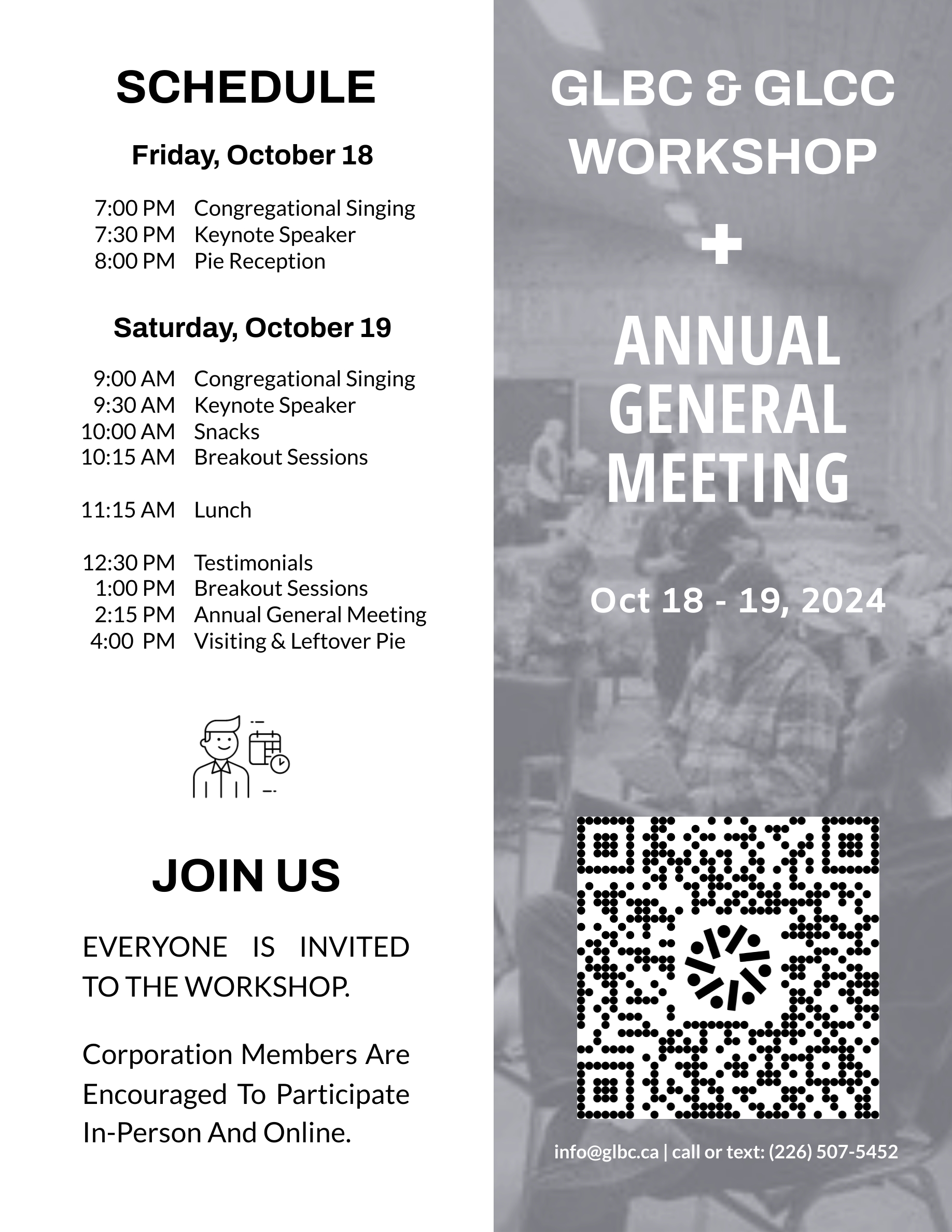
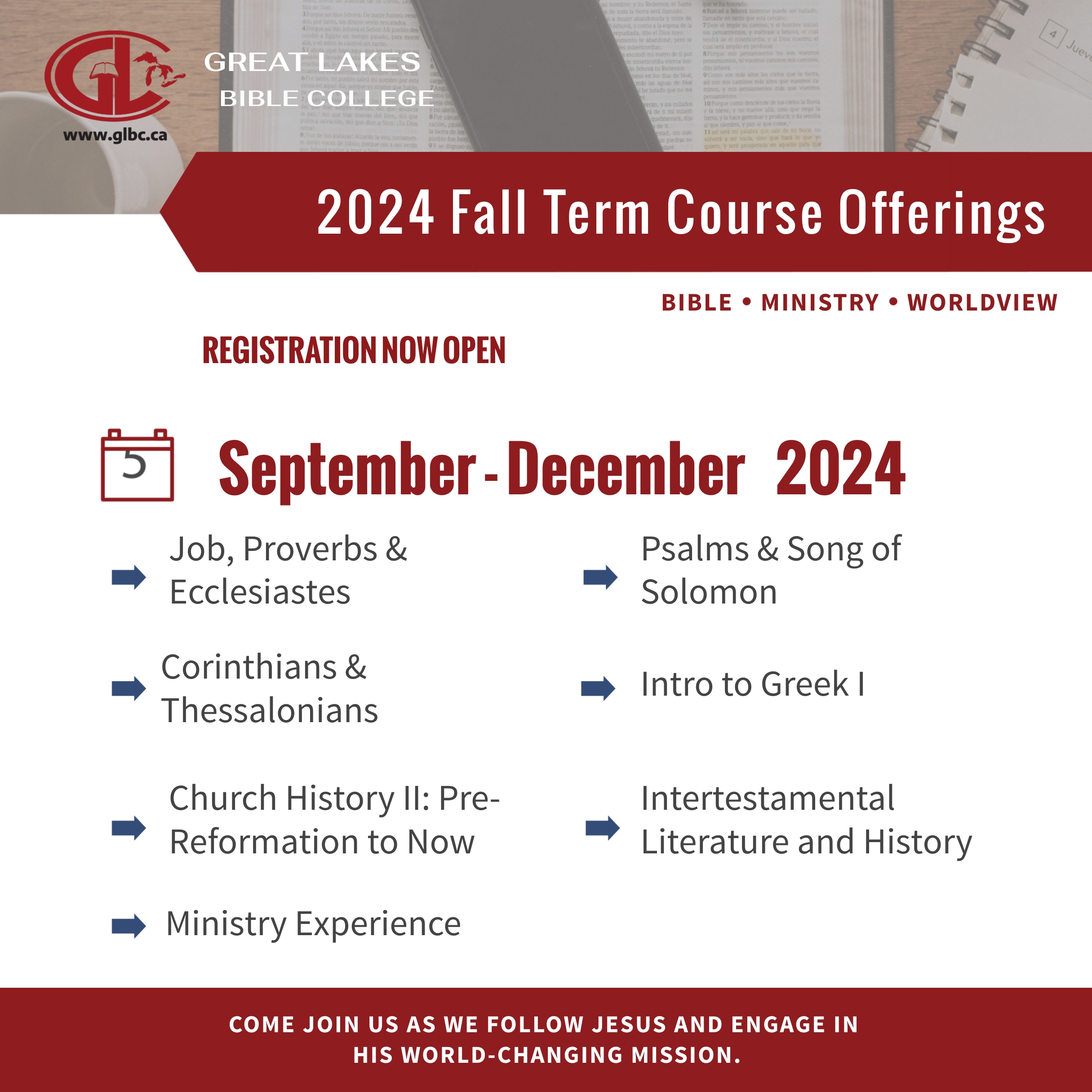
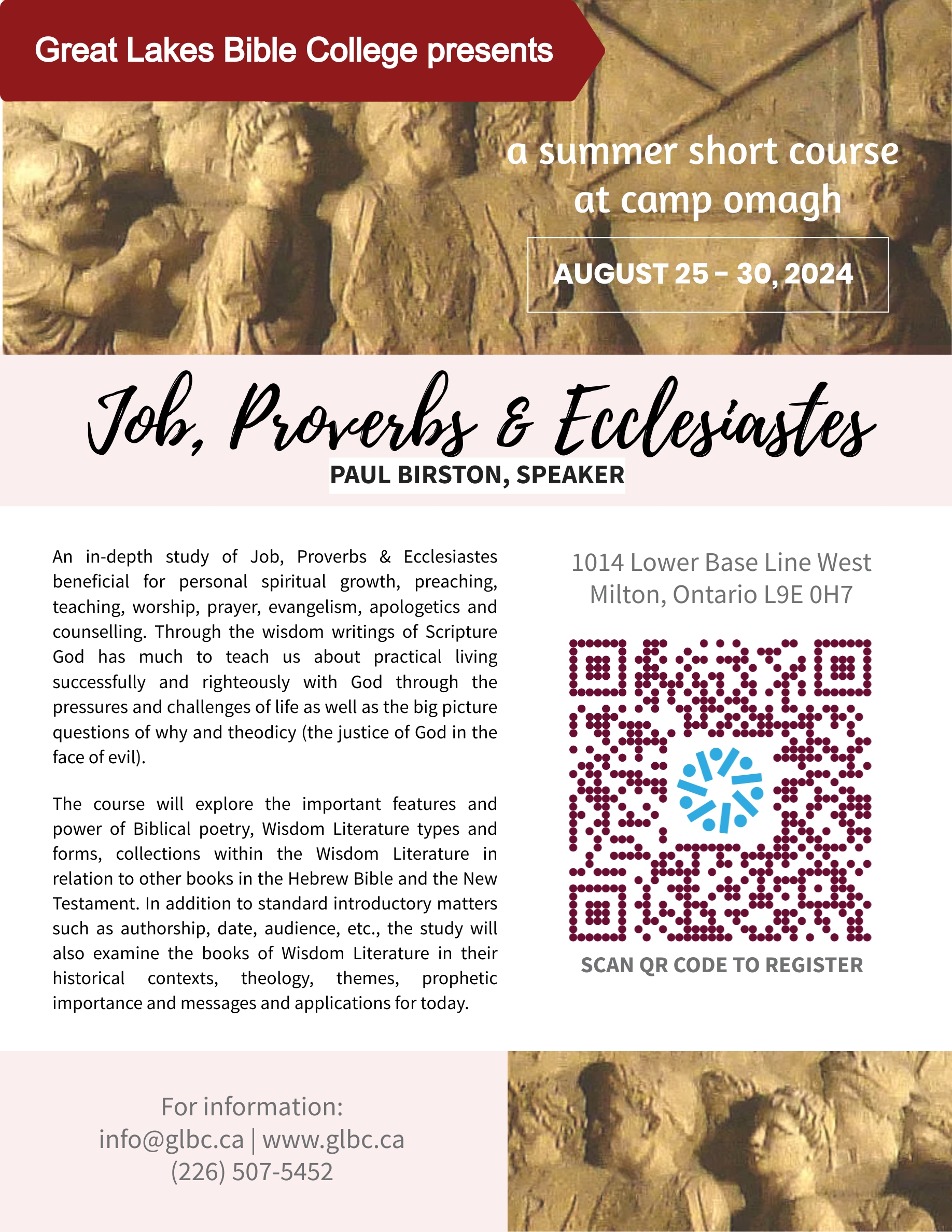

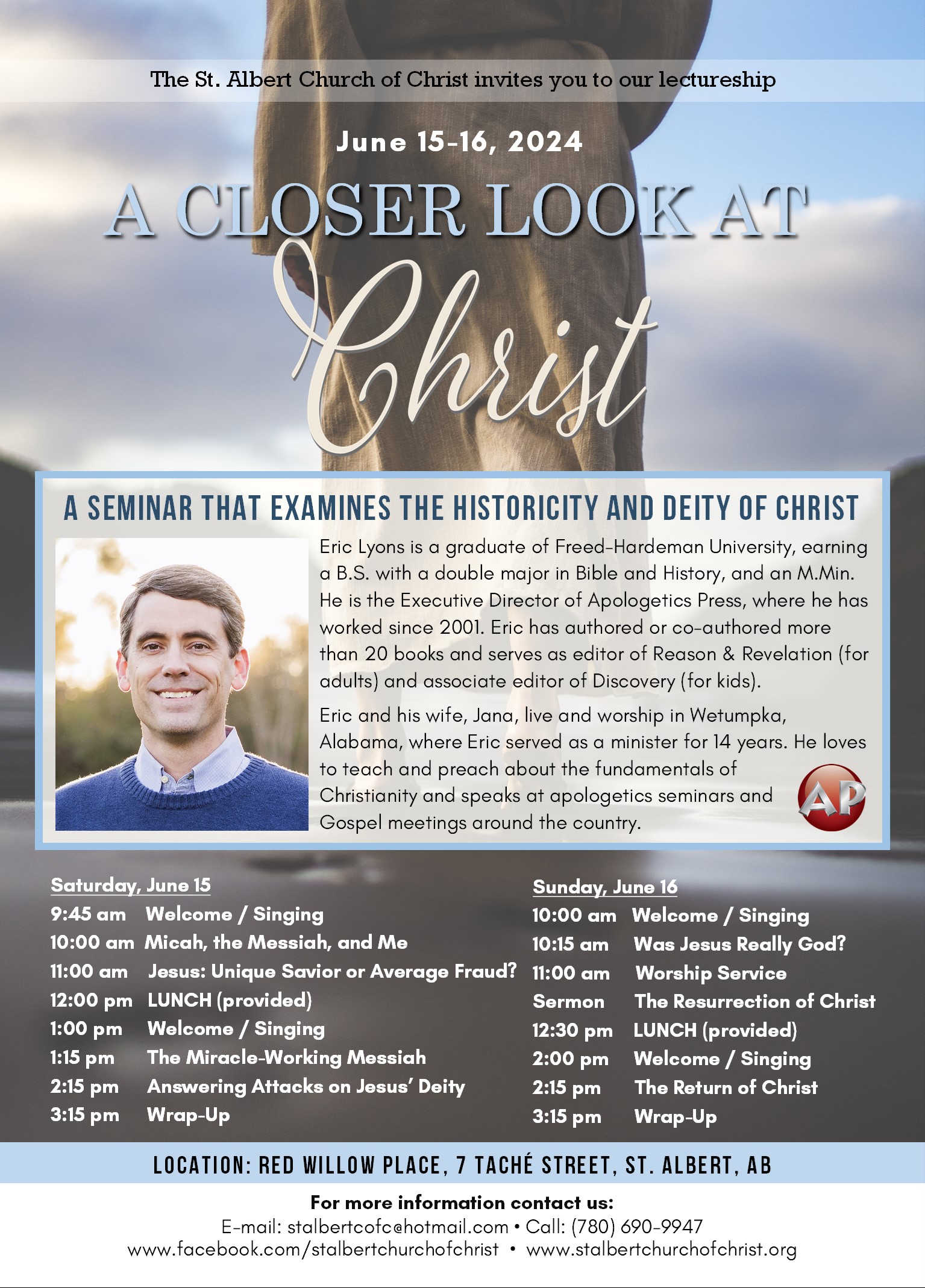

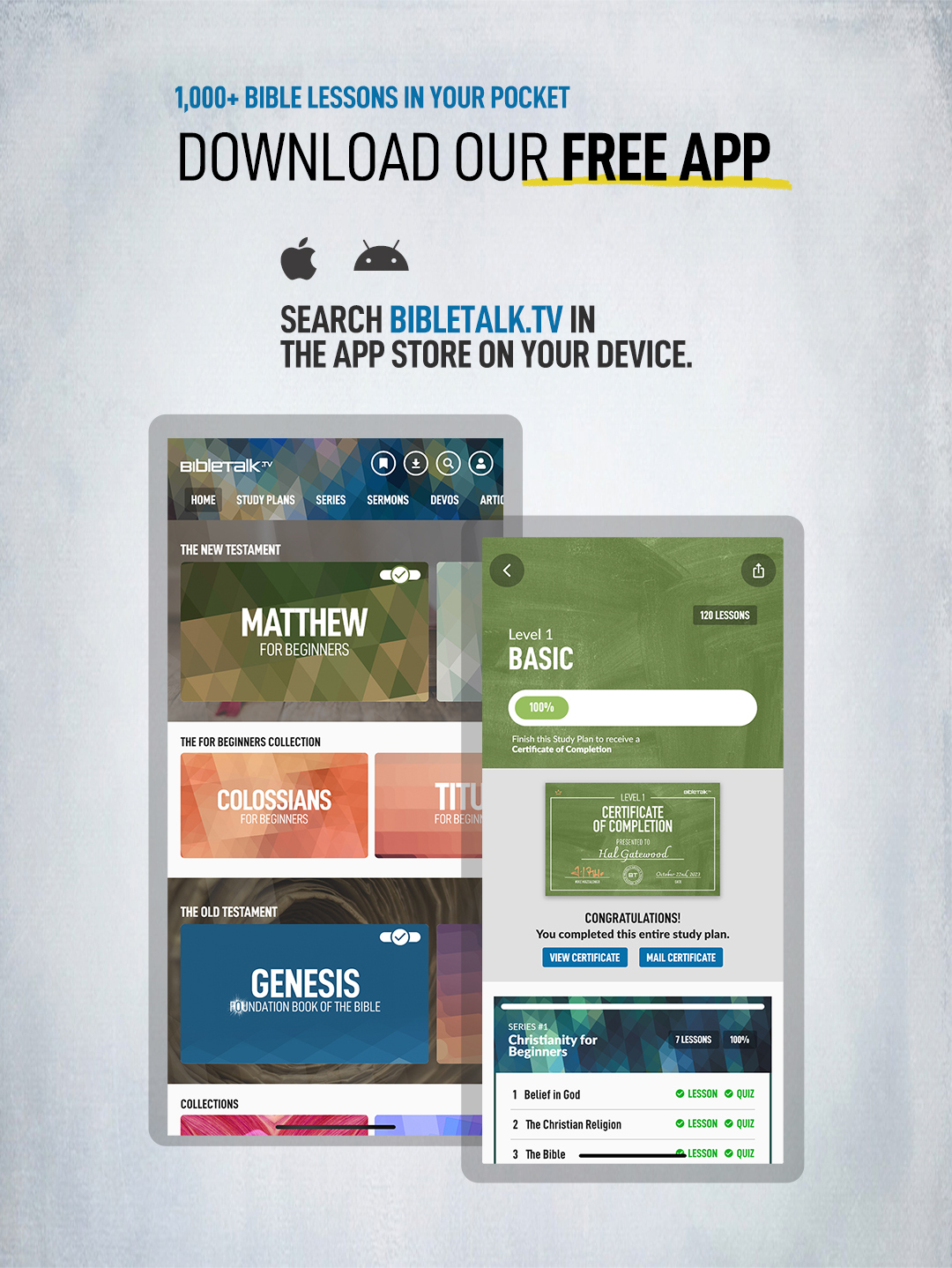


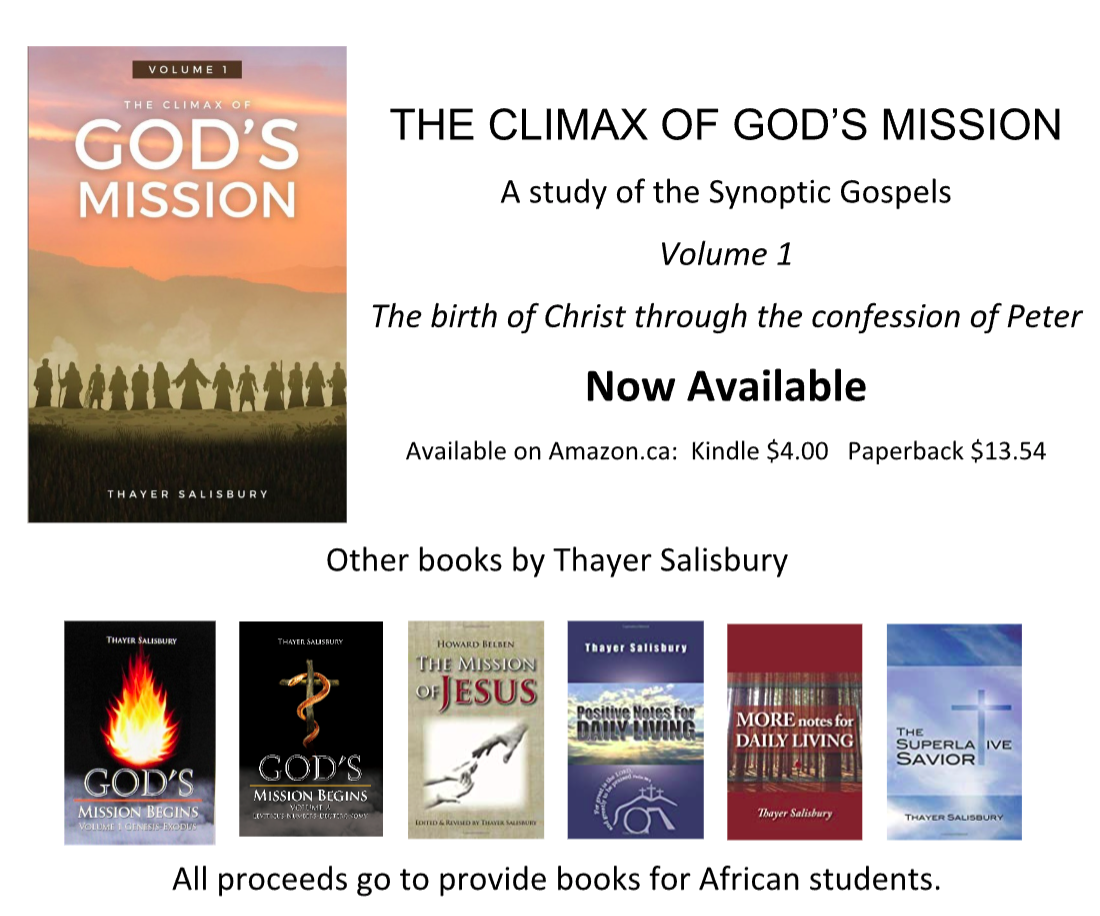



Mark’s gospel emphasises action and power. Some believe his intended audience was the Romans and Greeks, both of whom were impressed with power. He used the word “immediately” 41 times in its 16 chapters, giving the impression of action. Every chapter contains one or more miracles, except chapters 12-15 which record his final teachings and the trials in Jerusalem.
Allow me a moment to answer the question, “What is a miracle?
The New Testament itself provides a definition through the terms it uses. There are three basic texts: Acts 2:22; 2 Cor. 12:12, and Heb.2:3-4. These scriptures use the words miracles, wonders, and signs.
Miracle comes from the Greek word DUNAMIS, which means “powerful or mighty deeds of supernatural origin and character, such as could not be produced by natural agents and means.” (W.E. Vine). It’s the same word used in Rom.1:16, “the gospel is the power of God for salvation.” The basic idea is the power of God, which is the source of the event. When people saw a miracle, they knew it was from God. There was no other valid explanation. See Acts 4:16.
Wonders comes from the Greek word TERAS, which means “Something strange, causing the beholder to marvel.” (Vine) It’s always used in the plural. The idea is what happens within the one who beholds the display of supernatural power. A person was struck with wonder. The word describes man’s amazement. See Luke 5:8-9 where Peter was struck with wonder at a miracle of Christ and confessed his unworthiness.
Signs comes from the word SEMEION, which means a sign or token. It’s used of miracles and wonders with the intent to instruct. God doesn’t strike wonder into the heart of man just to put on a show. His power is always designed to lead the beholder beyond the supernatural display to something else, or to a conclusion they need to make. Nicodemus who came seeking more information from Jesus, said, “Rabbi, we know that You have come from God as a teacher, for no one can do these signs that You do unless God is with him.” (John 3:2)
Therefore, these three words were used by the Holy Spirit to define and describe miracles in the Bible. They give us three associated ideas: God’s power, man’s amazement, and God’s purpose to instruct. The major difference between the miraculous and providence is God’s method. The miraculous is supernatural; providence is natural yet controlled by Him. While God does not utilize miracles today, His providence is extended to do His will in the world and to answer our prayers.
There is much to learn from miracles. When Jesus healed all those people who crowded the street in Capernaum, we learn of God’s compassion and kindness. Anyone, rich or poor, can turn to Him for help with any problem. His care is never exhausted, and He is willing to extend it out of love.
In Mark 4:35-41 we’re told that Jesus fell asleep in a boat piloted by his disciples. One of those fierce Sea of Galilee storms roared through and threatened to swamp the boat with huge waves and strong winds. The disciples panicked, but Jesus slept! Upon waking Him, He simply “rebuked the wind and said to the sea, ‘Hush, be still.’ And the wind died down and it became perfectly calm.” He pointed out their timidity and faithlessness. But don’t we act the same way when a crisis roars through our own lives? The power of Jesus on this occasion teaches us that no problem is too big for Him to address, and no force is too great for Him to control.
In Mark 5:21-43 a man named Jairus approached Jesus in a crowd, fell at His feet and begged Him to go with him to help his 12-year-old daughter who was dying. Jesus promptly went with him, as did the crowd. In the middle of all this, a woman who had suffered with a hemorrhage for 12 difficult years forced her way through the crowd and, reaching out, touched His garment, believing she would be healed. Was Jesus too absorbed in Jairus’ emergency to stop and help her? Certainly not. He turned and said, “Daughter, your faith has made you well; go in peace and be healed of your affliction.” Then, resuming His rush to Jairus’ home where he encountered people who announced the death of the girl, He challenged the man: “Do not be afraid any longer, only believe.” And believe he did. Jesus raised his daughter from the dead. These things “completely astounded” everyone.
From these miracles we learn the place of faith in our lives when there is a crisis. We learn that no one is unimportant with God. No one is forced into a long lineup to secure His care, and nobody needs to take a number and wait for Him to get through with others first. And a small yet important problem of ours is just as important to Him as an emergency. Isn’t it comforting to know that His words to both people were kind and compassionate, even with mobs of people interrupting?
More could be said of the many miracles in the gospels. Read them over and find relief, comfort, courage, and joy. Mark had a way of making these events unfold with grace and power. The young, uncertain cousin of Barnabas became an accomplished author, inspired by the Holy Spirit, and appreciated by both Peter and Paul. Doesn’t that teach us about second chances and hope? We are grateful for his growth and persistence as a Christian, and for the powerful things he shared in his gospel.
Barrie, ON

